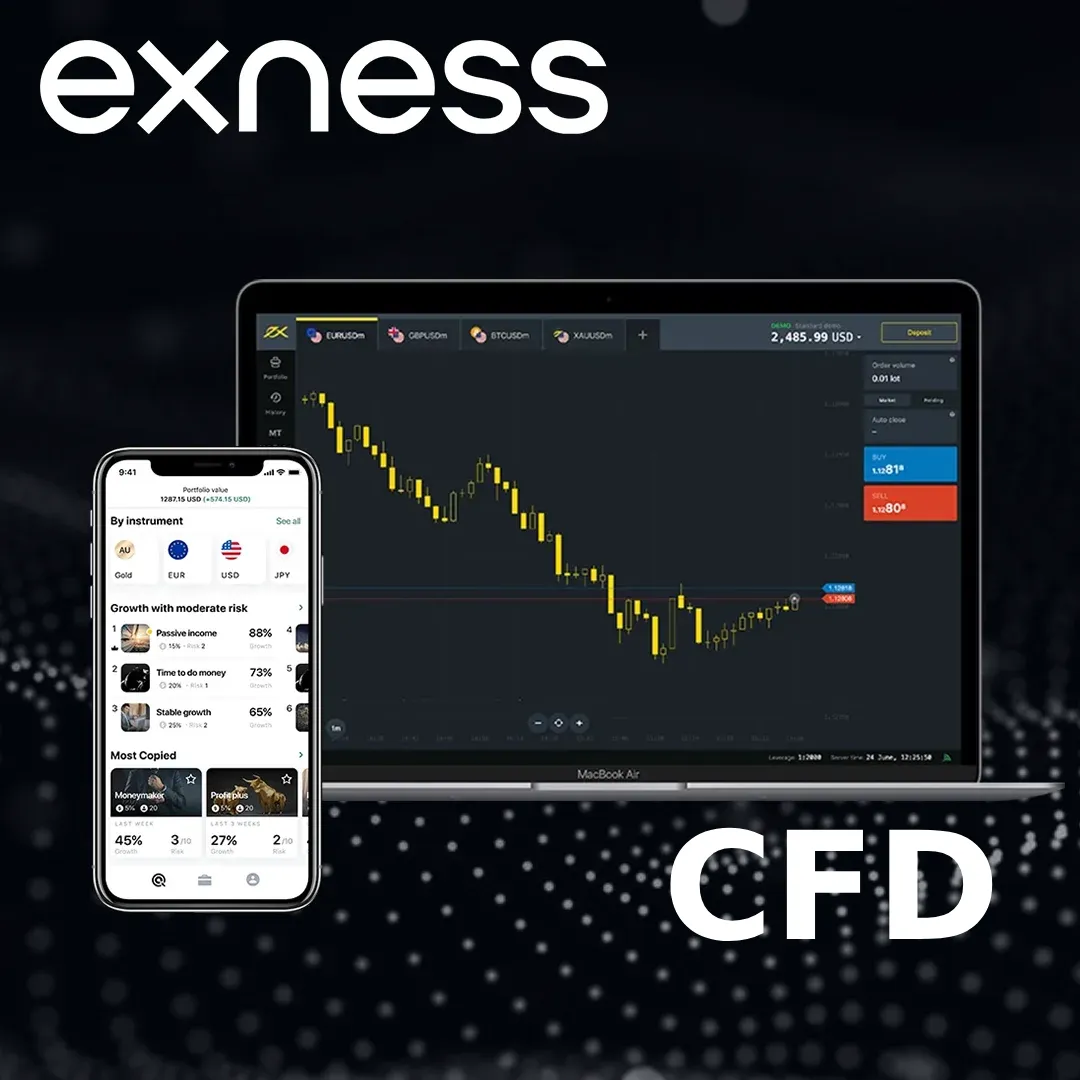- What is a contract for difference and its advantages?
- What CFD products are available on Exness?
- How to trade Contracts for Difference (CFD) on Exness
- The leverage effect of margin trading and contracts for difference
- Exness CFD trading costs
- Strategy and Analysis of CFD Trading
- Frequently Asked Questions (FAQs)
What is a contract for difference and its advantages?
A contract for difference, or CFD, is a financial instrument that allows traders to speculate on price movements of various instruments without actually owning them. These ranges include foreign exchange, stocks, commodities, indices, and cryptocurrencies. Through contracts for differences, traders can ensure flexible profits in both rising and falling markets, making this tool very popular among active traders.
Definition of Contracts for Difference (CFD)
A contract for difference is a type of contract between a trader and a broker, used to exchange the difference in asset value between the opening and closing of a contract. Unlike traditional investments, Contracts for Difference (CFD) do not involve buying or selling underlying assets. On the contrary, traders speculate on price changes, making them a flexible choice for short-term strategies.
Main features:
- Leverage:Allow traders to control larger positions with smaller capital investments.
- Diversified markets:Covering multiple trading fields such as foreign exchange, stocks, indices, commodities, etc.
- Two way transaction:Profit from market gains (long) or losses (short).
Due to the directness of CFD and the customizability of its strategies, traders with different levels of experience can easily access CFD.
The main benefits of trading contracts for difference
Contracts for Difference (CFD) provide many advantages for traders seeking flexibility and efficiency:
- Leveraged trading:Amplify purchasing power while requiring less capital.
- Global market access:Trade various financial instruments on one platform.
- Hedging ability:Protect your investment portfolio by offsetting risks.
- Short selling options:Even if the market falls, profits can still be made.
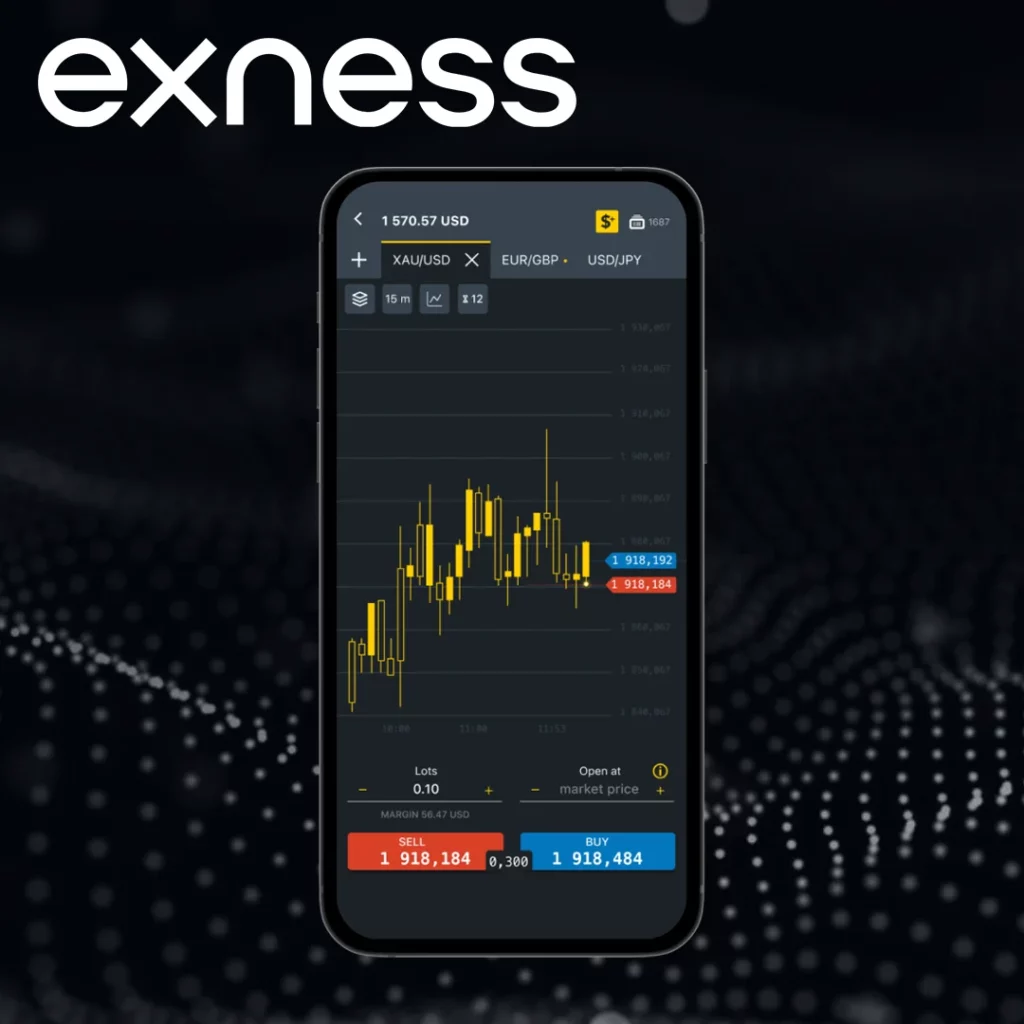
Contracts for difference enable traders to diversify their investments without incurring significant upfront costs. For example, if you believe that the price of a certain commodity will fall, you can sell the contract for difference (CFD) of that commodity and profit from it. The ability to enter multiple markets, coupled with fast execution and flexible leverage, makes Contracts for Difference (CFD) a practical tool for traders who wish to capitalize on market trends.
What CFD products are available on Exness?
On the Exness platform, traders will discover a wide range of CFD markets covering multiple asset classes. Therefore, diversification will be more or less barrier free.
| Asset Class | describe | Example |
|---|---|---|
| foreign exchange | Under various trading strategies, trade differential contracts for major, minor, and foreign currency pairs. | EUR/USD, GBP/USD, USD/JPY |
| index | Predict global market performance by trading differential contracts on major stock indices. | S&P 500, FTSE 100, Dow Jones |
| goods | Hedging inflation and market uncertainty through contracts for differences (CFD) in precious metals and energy resources. | Gold, silver, oil |
| stock | Visit the CFD trading of popular global company stocks. | Tesla, Apple, Google |
| Cryptocurrency | Trade contracts for difference on major cryptocurrencies to seek speculative opportunities. | Bitcoin, Ethereum, Litecoin |
How to trade Contracts for Difference (CFD) on Exness
在ExnessOn tradable contracts for difference (CFD), traders do not actually become owners of the underlying instrument, but can speculate on its price trends. When trading a contract for difference (CFD), it is essentially the difference between the value of the asset at the time of opening the position and the value at the time of closing the position. Exness offers cross market CFD (Contract for Difference) trading, including forex, commodities, indices, stocks, and even cryptocurrencies.
The key steps for conducting CFD trading in Exness:
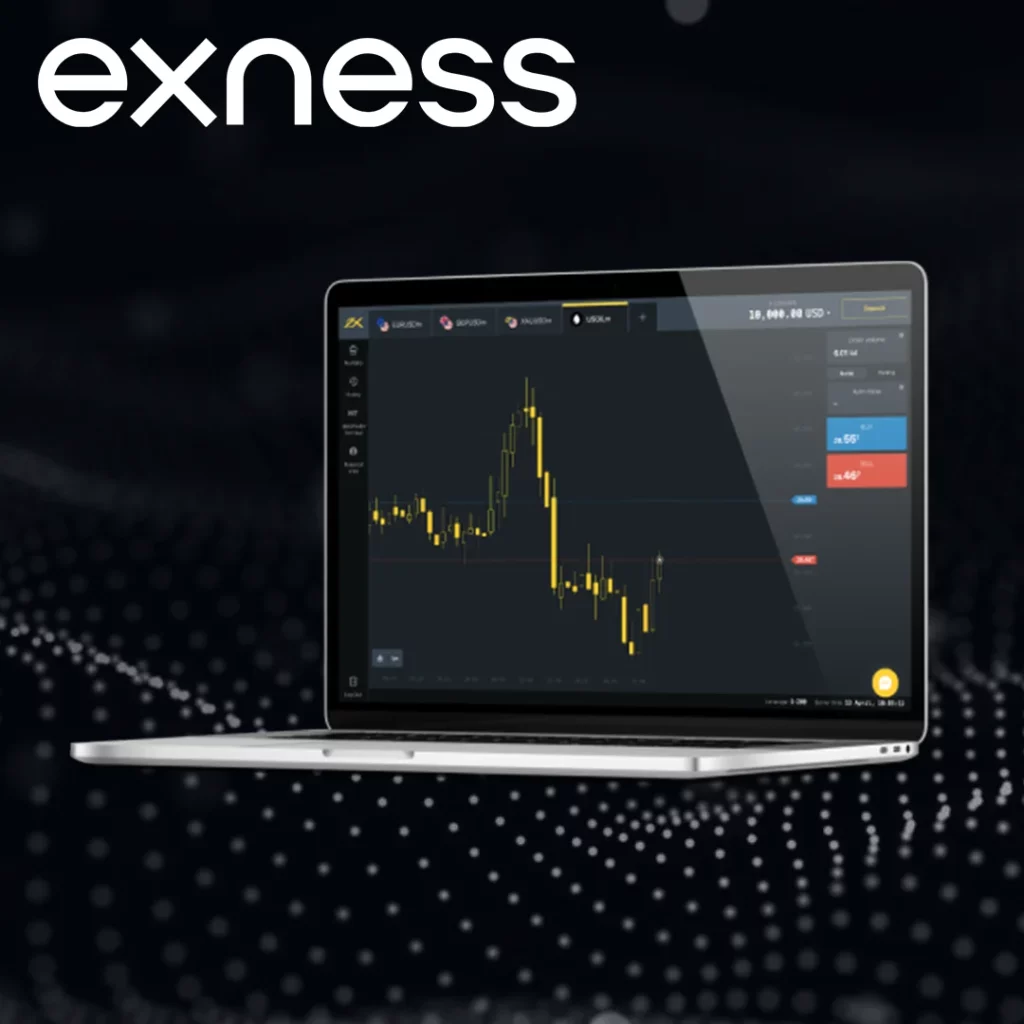
- Select an asset:Choose from forex pairs, commodities, indices, or other available contracts for difference.
- Set transaction size:Define the number of lots or contracts you want to trade.
- Apply leverage:Use leverage to increase your market exposure, but be careful to manage risks.
- place an order:Based on your analysis, decide whether to open a buy or sell position.
- Use risk management tools:Set stop loss and take profit levels to manage potential losses or ensure profits.
- Monitoring and closing trades:Real time tracking of market dynamics and closing positions when necessary.
Trading CFD contracts on Exness is both simple and efficient, especially with the help of advanced charts and technical indicators. For example, you predict that gold prices will soar due to people's fear of inflation. You can go long on gold price difference contracts. Set your stop loss lower to reduce your losses, and set your profit target higher to lock in your profits. At Exness, fast execution speed and low spreads ensure that you can quickly respond to market changes and achieve the best trading experience.
The leverage effect of margin trading and contracts for difference
Margin trading and leverage allow CFD traders to control larger positions with smaller initial investments. This method can increase market exposure, but at the same time, it also increases risk, therefore, appropriate risk management is crucial for successful trading.
What is the margin in CFD trading?
In CFD trading, margin refers to the amount that a trader must deposit to open and maintain a position. This is a security measure that allows traders to control larger positions in the market with less capital. For example, with a leverage of 1:100, opening a position worth $10000 only requires the trader to provide $100 as margin. By doing so, due to the power and danger of margin trading, potential profits and losses will be magnified. The margin requirements for Exness vary among traders, depending on the trading instrument and the leverage used.
CFD trader leverage options available on Exness
Exness offers variable leverage, suitable for every type of trader: novice, intermediate, or professional. Exness allows traders to obtain leverage of up to 1:2000 through certain tools to optimize their market exposure. However, such high leverage is dangerous, so it is best to be very careful when using them. For example, foreign exchange provides the maximum leverage, while for stocks and cryptocurrencies, restrictions may be more conservative due to market volatility.
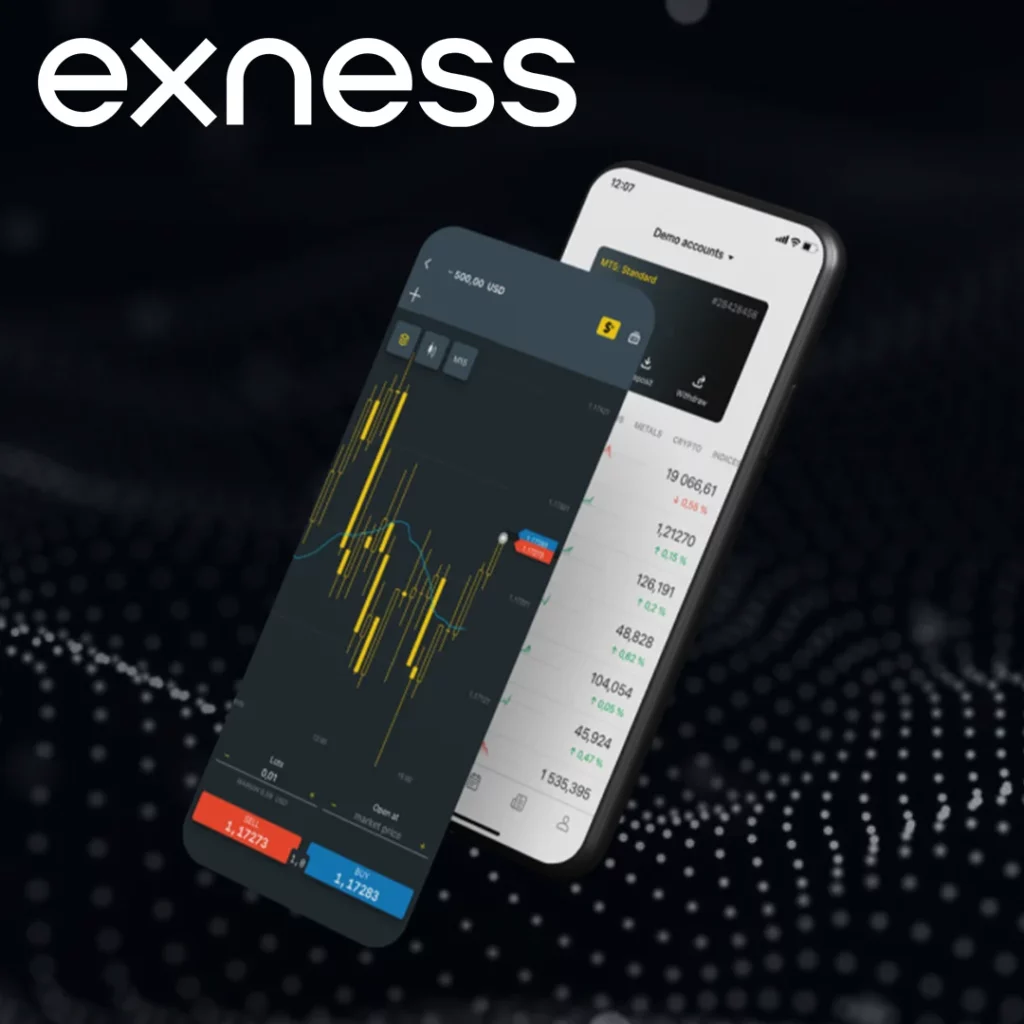
Always monitor your margin level when trading differential contracts at Exness to avoid unexpected margin call notifications or position liquidation. For example, if your margin level drops below 50%, Exness may automatically close out to protect your account from negative balances. Leverage can amplify returns, but it is important to use risk management tools such as stop loss orders to protect your funds. For new traders, starting with lower leverage and practicing on a demo account is a good way to learn margin trading and build confidence.
Exness CFD trading costs
在ExnessThe cost of conducting CFD trading includes spreads, commissions, and overnight fees. Price difference, which refers to the price difference between the buying price and the selling price, exists between different assets, whether it is foreign exchange, indices, commodities, etc. Other accounts may have a slight spread, but they are closer; This involves a fixed small commission per lot - this is based on the original spread. It should also be considered that if you plan to hold overnight positions, overnight fees or swap rates will be included in the process.
The cost structure of the selected account and tool must be considered. You can use the calculator on the Exness platform to estimate transaction costs. If the trading strategy is suitable for such expenses, then everything will proceed smoothly. Then, traders can easily manage costs and improve profitability.
Strategy and Analysis of CFD Trading
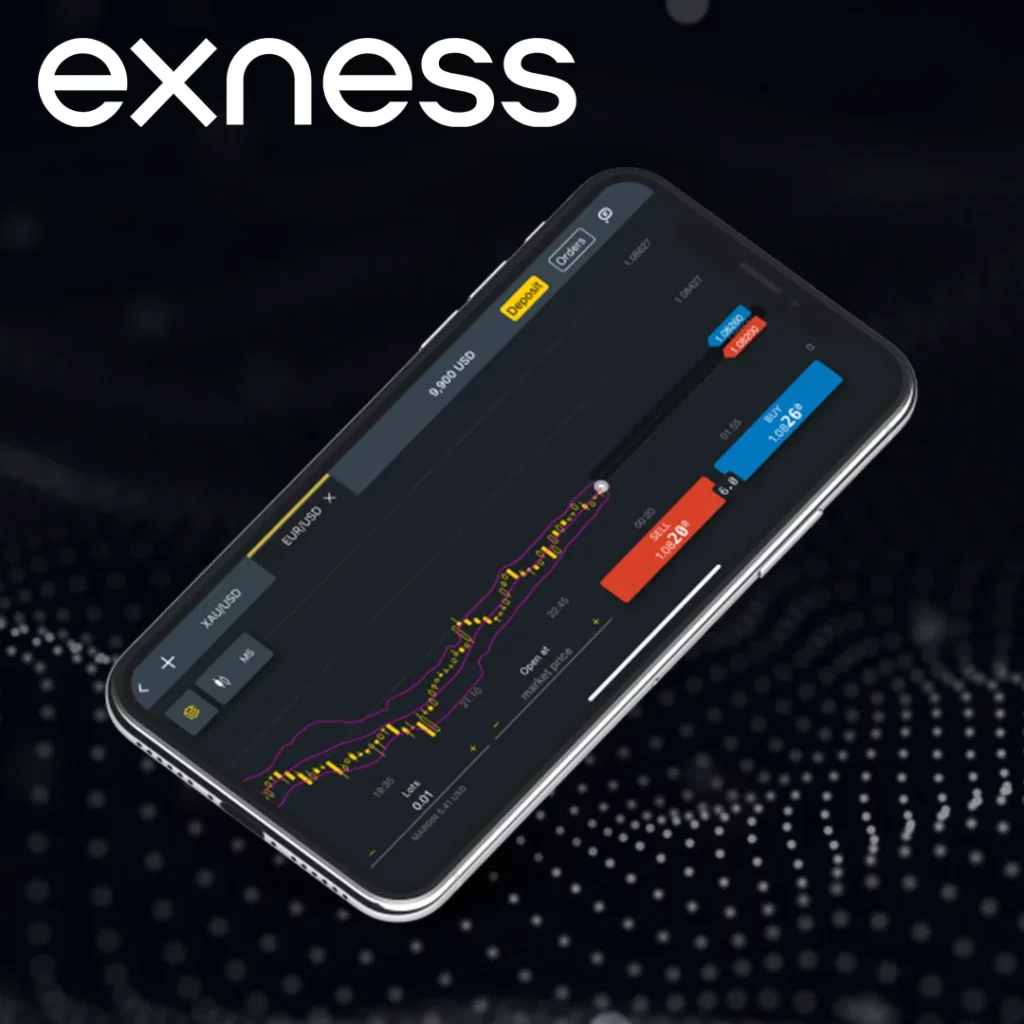
The art of CFD trading involves a carefully considered strategy, combined with in-depth market analysis, in order to succeed:
- Develop a thoughtful strategy for CFD trading.
- Conduct in-depth market analysis to identify opportunities.
- Use trend tracking strategies to trade in line with mainstream market trends.
- Apply swing trading to capture price fluctuations in the short to medium term.
- Adopting the chive harvesting strategy, executing multiple trades daily to earn a small profit.
- Analyze trends and volatility using technical indicators.
- Identify chart patterns to predict price trends.
- Pay attention to the economic calendar in order to understand major events that may affect the market.
- Set stop loss levels to minimize potential losses.
- Effectively utilizing profit points to ensure returns.
In practice, people can combine strategies and analysis that suit their own trading style. Traders may use moving averages to analyze trends, or use oscillators such as RSI to find conditions for overbought or oversold. Regularly reassessing market conditions and making necessary strategic adjustments based on performance should enable traders to achieve more stable results in CFD trading.
Frequently Asked Questions (FAQs)
Does Exness have Contracts for Difference (CFD)?
Yes, Exness offers a wide range of CFD products including forex, stocks, indices, commodities, and cryptocurrencies. This allows traders to speculate on price changes without owning underlying assets.

